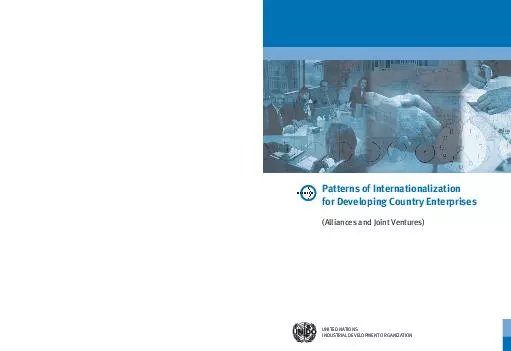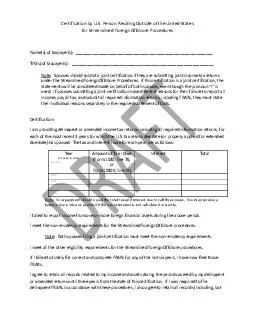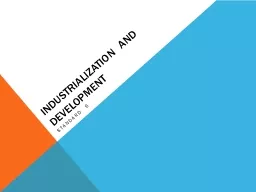PDF-Patterns of Internationalization for Developing Country Enterprises Alliances and Joint
Author : lois-ondreau | Published Date : 2014-12-24
0789254September 20081500 UNITED NATIONS INDUSTRIAL DEVELOPMENT ORGANIZATION Vienna International Centre PO Box 300 1400 Vienna Austria Telephone 431 260260 Fax
Presentation Embed Code
Download Presentation
Download Presentation The PPT/PDF document "Patterns of Internationalization for Dev..." is the property of its rightful owner. Permission is granted to download and print the materials on this website for personal, non-commercial use only, and to display it on your personal computer provided you do not modify the materials and that you retain all copyright notices contained in the materials. By downloading content from our website, you accept the terms of this agreement.
Patterns of Internationalization for Developing Country Enterprises Alliances and Joint: Transcript
Download Rules Of Document
"Patterns of Internationalization for Developing Country Enterprises Alliances and Joint"The content belongs to its owner. You may download and print it for personal use, without modification, and keep all copyright notices. By downloading, you agree to these terms.
Related Documents














